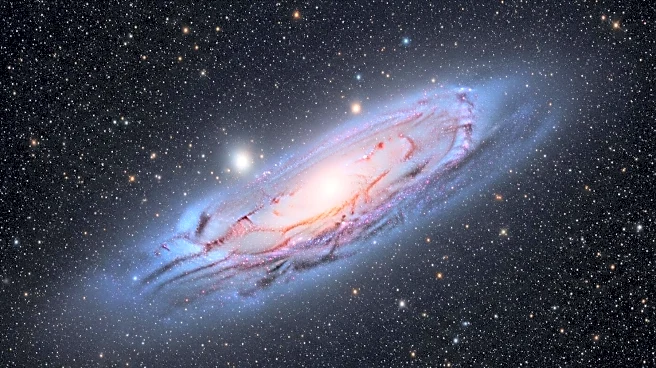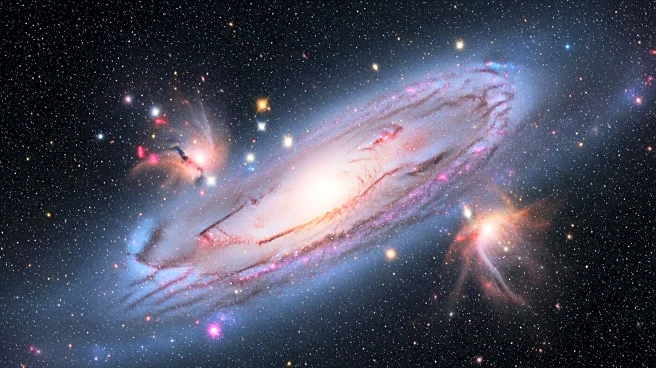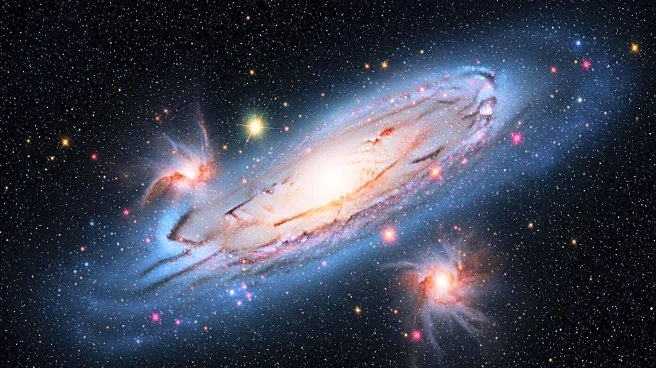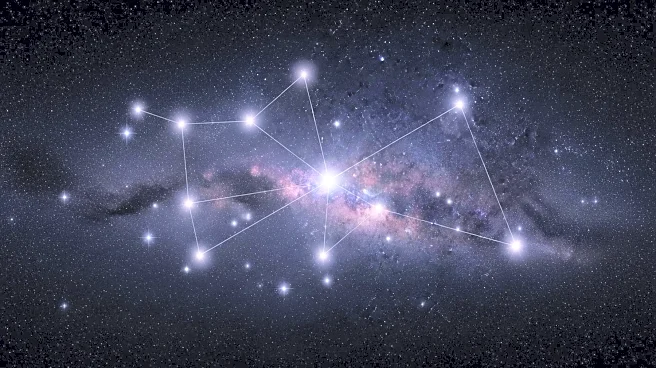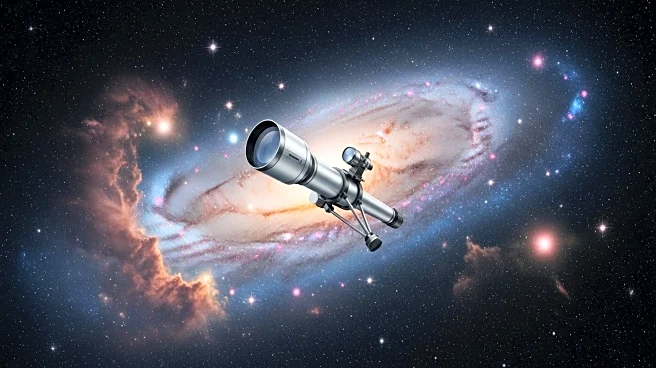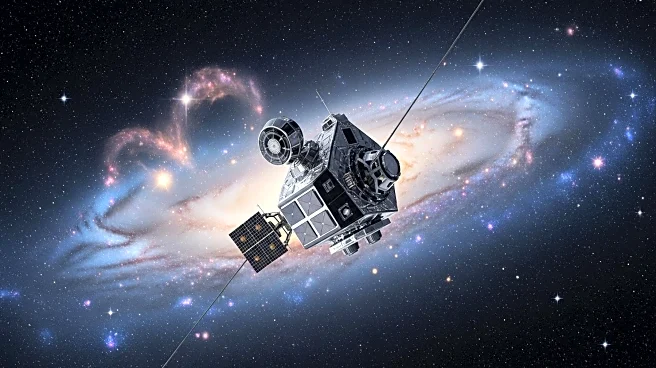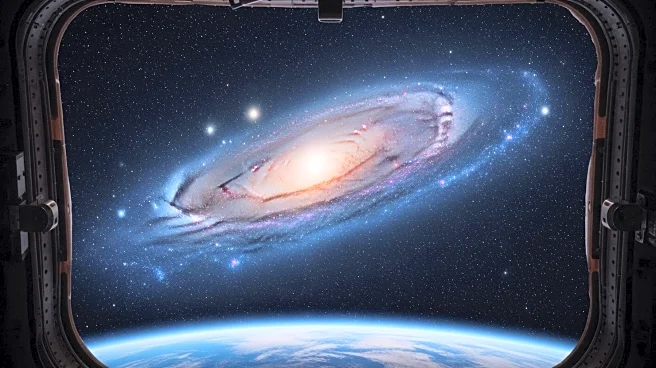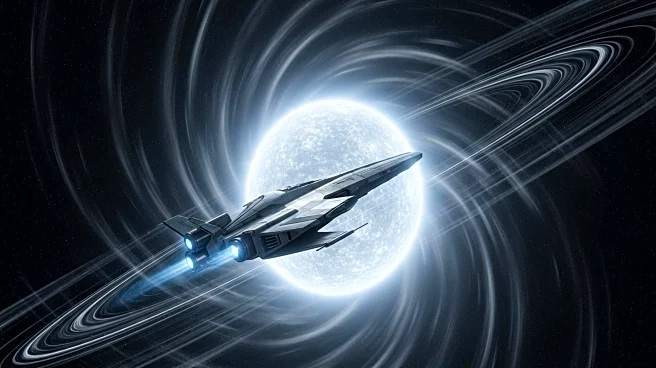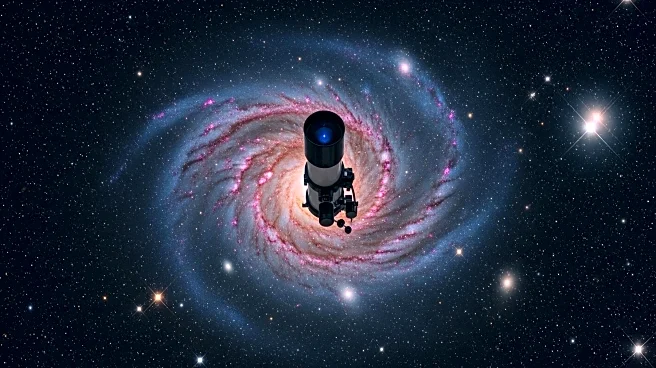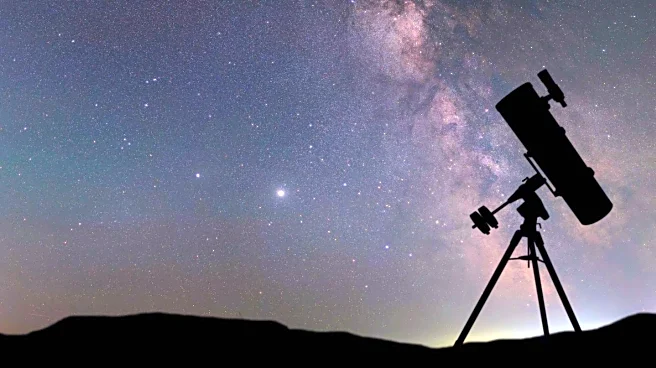What's Happening?
The Gaia Space Telescope has released a new 3D map showcasing 44 million stars within the Milky Way, focusing on star-forming regions up to 4000 light-years away. This map includes detailed views of stellar nurseries such as the Gum Nebula, North American Nebula, and California Nebula. The data reveals the presence of 87 rare O-type stars, which are massive and emit intense ultraviolet light, creating ionized hydrogen gas clouds known as HII regions. The map provides astronomers with a comprehensive view of these regions from multiple perspectives, enhancing understanding of star formation processes.
Why It's Important?
The Gaia Telescope's 3D map is a significant advancement in astronomical research, offering unprecedented insights into the structure and dynamics of star-forming regions in the Milky Way. By identifying the locations and impacts of O-type stars, scientists can better understand the conditions that lead to star formation and the lifecycle of stars. This information is crucial for developing models of galactic evolution and may influence future research in astrophysics. The map also serves as a valuable tool for educational purposes, allowing the public to explore the galaxy's stellar nurseries in detail.
Beyond the Headlines
The release of Gaia's 3D map highlights the importance of international collaboration in space exploration, as the European Space Agency continues to provide valuable data to the global scientific community. The map's detailed visualization of star-forming regions may inspire new technological developments in telescopic imaging and data analysis. Additionally, the findings could have implications for understanding the potential habitability of planets within these regions, as the presence of massive stars influences the surrounding environment.

